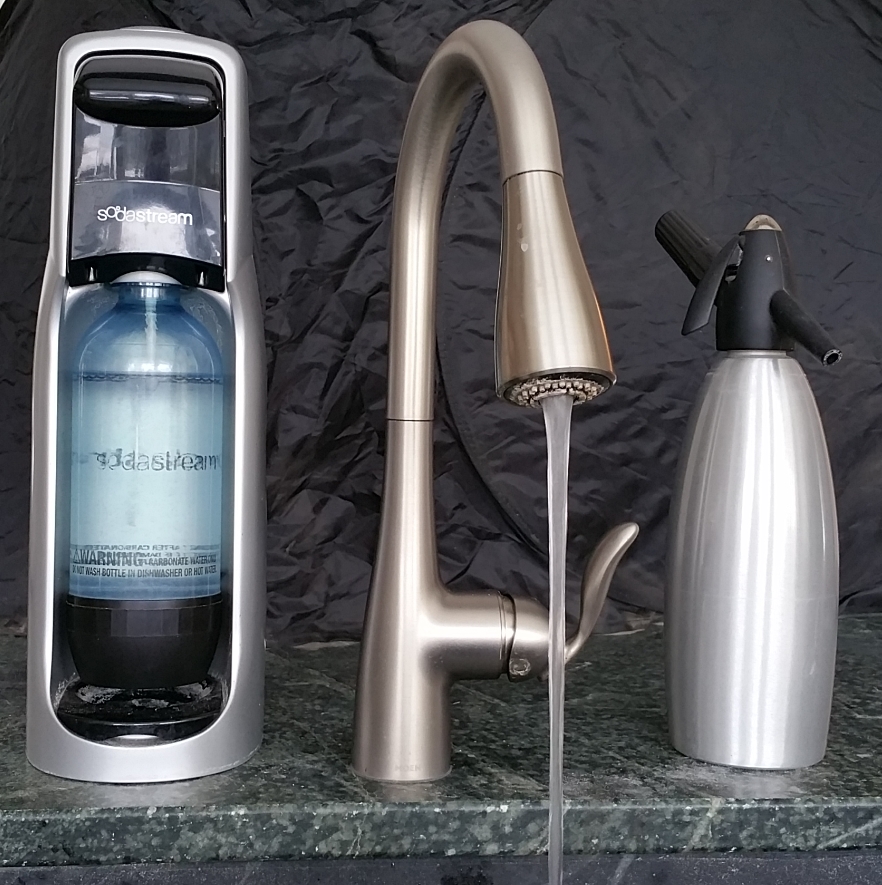Step 5. Consider the climate impacts of lifestyle choices.
Consumerism/Disposerism
Most analyses of Vermont’s greenhouse gas emissions consider only our direct emissions from the fossil fuels and electricity that we use here in Vermont. But that’s only a fraction of the emissions that we’re responsible for. Every time we buy a product or service from out of state or out of the country, we are exporting our carbon footprint.
The factories that make the products that we import may be fueled by coal and they may operate with little regard for the health of their workers, neighbors, and environments. Some of the products we buy to lower our own emissions raise emissions levels and degrade the environment someplace else.
Atmospheric concentrations of greenhouse gases are a global phenomenon. So, we must be mindful that our indirect emissions may be greater than the emissions that show up in state inventories.
The lifestyle choices we make about what we buy, what we eat, where we travel, and how we get there can have a major impact on our household carbon footprints. Many of the ideas below reflect what frugal Vermonters have been doing all their lives. We look forward to adding your suggestions to the list.
Reduce, Reuse, Recycle
According to legend, The Three R’s arose from the first national Earth Day, which was observed on April 22, 1970.
Virtually everything we buy exacts a toll on the environment when it is produced and another when we dispose of it. The simplest way to avoid these environmental costs is to reduce: resist the urge to buy goods and services that we don’t really need. When making buying decisions, consider the re-usability of your purchases.
Vermont’s universal recycling law includes a “pay as you throw” provision that requires Vermonters to pay for the rubbish they dispose of. This has resulted in reductions of as much as 50% in the volume of trash that towns cart away to landfills. The law also encourages composting of yard and food waste for use in restoring soils, mulching gardens, and providing bedding for animals.
https://recyclenation.com/2015/05/history-of-three-r-s/
https://dec.vermont.gov/waste-management/solid/universal-recyclings
Maintain equipment and vehicles
You’ve heard it a thousand times: keep your tires inflated and your car tuned up. If you can’t part with that old jalopy for sentimental or budgetary reasons, at least keep it in good running order.
If you are considering getting a new, “greener” vehicle, remember that every piece of manufactured equipment comes with a carbon price tag. And it can take as much 68% more carbon to manufacture a plug-in car than a conventional gasoline-powered car. If you have to drive a lot, it might be worth it. Otherwise, you might be better off tuning up the car you have now and squeezing another year of life out of it.
https://cleantechnica.com/2018/02/19/electric-car-well-to-wheel-emissions-myth/
Drying a week’s worth of socks. Energize Vermont
Use a clothesline
OK, we get it. If you have a houseful of kids, your clothes dryer may be one of your best friends. But, if you machine-dry every load of laundry, you’re probably spending nearly $200 and using over a mega Watt hour of electricity every year. Multiply that by the number of houses on your street…
An outdoor clothesline can pay for itself in a couple of months, give you cleaner-smelling clothes, and help beautify your neighborhood.
Winter Clothesline. Energize Vermont
Consider your diet and food-buying habits
Better than Perrier or Fiji Water. Energize Vermont
Eat food, not too much, mostly plants. That’s the advice of author Michael Pollan.
We might add “buy local when you can” and “don’t buy more than you’re going to eat.”
Producing food requires energy—some foods (like feedlot-raised beef) more than others.
Transporting food requires energy. Some investment in food transportation makes little sense—like shipping a bottle of water halfway around the world to Vermont.
And throwing food away has tremendous costs. Not only do we waste the energy that was required to produce and transport it, the rotting food waste produces additional greenhouse gases. And what about the forests that were cleared to produce the food we’re throwing out?
We waste a third of all of the food we produce. And that wasted food is responsible for almost 7% of global greenhouse gas emissions.
https://www.webmd.com/food-recipes/news/20090323/7-rules-for-eating#1
https://www.worldwildlife.org/stories/fight-climate-change-by-preventing-food-waste
Send us your thoughts on lifestyle and climate change at info@energizevermont.org






